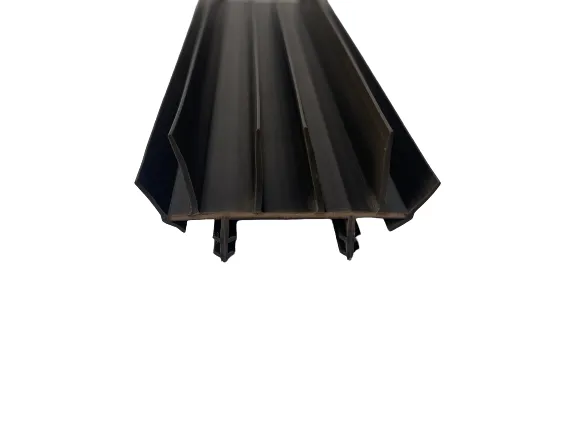დეკ . 12, 2024 14:56 Back to list
white silicone rubber strips
The Advantages and Applications of White Silicone Rubber Strips
Silicone rubber is a versatile material that has become increasingly popular across various industries due to its numerous advantages. Among its many forms, white silicone rubber strips have gained prominence for a multitude of applications. Their unique properties make them indispensable in settings ranging from manufacturing to household use.
What are White Silicone Rubber Strips?
White silicone rubber strips are flexible strips made from silicone rubber, which is a synthetic polymer known for its elasticity, durability, and resistance to extreme temperatures. The white color often signifies purity and cleanliness, making these strips suitable for applications in medical, food, and pharmaceutical industries. The material is inherently non-toxic, odorless, and tasteless, ensuring that it meets strict safety standards.
Key Properties of White Silicone Rubber Strips
1. Temperature Resistance Silicone rubber can withstand a wide range of temperatures, from -60°C to over 200°C (-76°F to 392°F). This ability is crucial in applications where temperature fluctuations can occur, such as in automotive or aerospace components.
2. Chemical Stability White silicone rubber strips resist degradation from exposure to various chemicals, oils, and solvents. This property makes them ideal for industrial applications where chemical exposure is a concern.
3. Flexibility and Durability Silicone strips maintain their flexibility even at low temperatures, making them ideal for seals and gaskets. Their durability also ensures a long lifespan, reducing the need for frequent replacements.
4. Non-Stick Surface The non-adhesive nature of silicone prevents substances from sticking. This property is particularly beneficial in food processing, cooking, and baking applications.
white silicone rubber strips

Applications of White Silicone Rubber Strips
1. Medical Supplies In the healthcare sector, white silicone rubber strips are used in various medical devices such as catheters, seals for medical containers, and tubing. Their non-toxic nature and ease of sterilization make them preferable for medical applications.
2. Food and Beverage Industry The food industry employs white silicone rubber strips for sealing food containers, creating molds for baking, and ensuring hygienic food processing. Their durability and non-stick characteristics enhance efficiency in food preparation.
3. Construction and Automotive In construction, these strips are used as weatherstrips, sealing solutions, and in vibration damping applications. In automotive engineering, they serve as gaskets and seals that enhance vehicle safety and performance.
4. Industrial Applications Many industries utilize silicone strips for sealing and insulation in machinery and production lines. Their resistance to heat and chemicals ensures the integrity of the machinery and the safety of the production processes.
5. Consumer Products Household items such as kitchen utensils, heat-resistant mats, and even simple items like rubber bands can feature white silicone rubber strips. Their flexibility and non-stick properties make them attractive in everyday uses.
Benefits of Choosing White Silicone Rubber Strips
Choosing white silicone rubber strips offers numerous benefits. Their aesthetic appeal is often a deciding factor in product design, especially in consumer goods where appearance matters. Additionally, their longevity reduces overall replacement costs, and their resilience ensures reliable performance.
Conclusion
In summary, white silicone rubber strips are an essential component in various industries, boasting unparalleled properties that make them suitable for a range of applications. From medical and food industries to automotive and industrial uses, their versatility and durability ensure they meet the demands of modern applications. As more industries recognize the benefits of silicone rubber, the demand for high-quality white silicone rubber strips is expected to continue to grow, reinforcing their place as a fundamental material in today's manufacturing and product design landscape.




